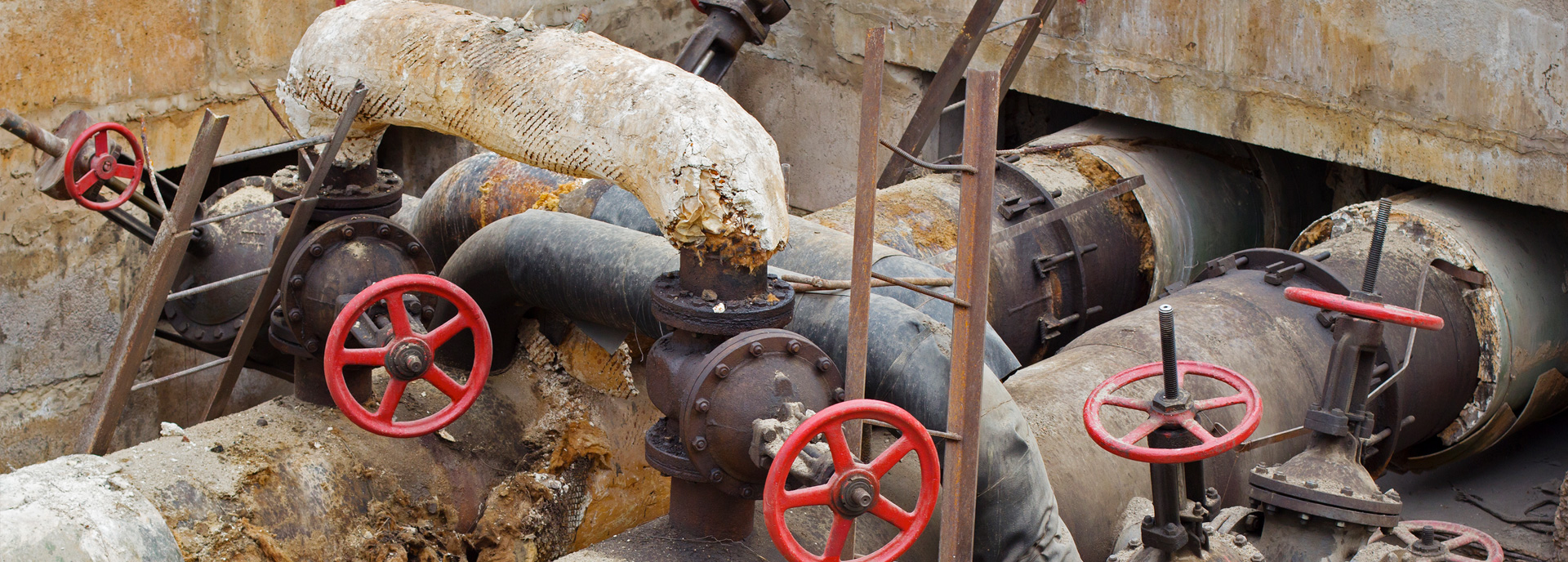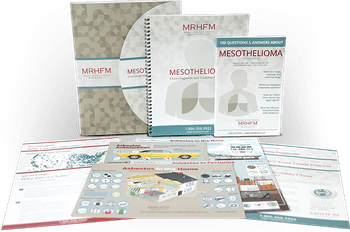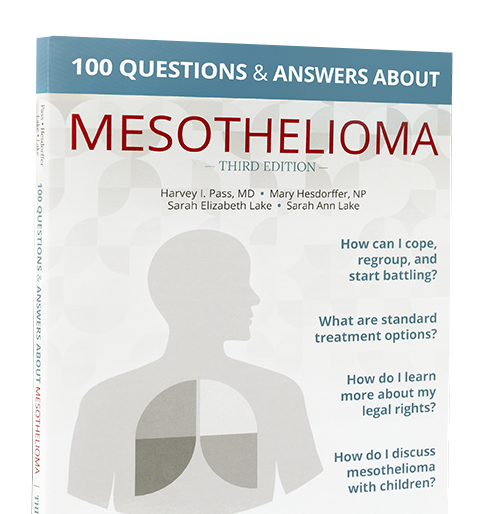Rubber can be found all around us from the soles of our shoes to the tires on our vehicles. Rubber manufacturing processes vary depending on the end product but generally involve a complicated process of mixing, milling, extruding and molding rubber products. Regardless of the rubber product, all processes require heat, and where there was heat- there was asbestos.
Asbestos is the generic name for six naturally occurring minerals. It is composed of silicon, oxygen, hydrogen, and several different metals. Throughout the 20th century asbestos gained popularity for its flexibility, strength, and resistance to heat, flame, chemicals and corrosion. Its use is now regulated as it is known to cause mesothelioma cancer, lung cancer and other illnesses but regulations did not occur until the hazards of asbestos became public knowledge. Workers who were employed in the rubber manufacturing industry prior to that time may have an increased risk of developing mesothelioma cancer from asbestos exposure.
Throughout rubber plants, asbestos was often found insulating pipes to protect against chemicals and high temperatures. Asbestos gaskets were used to seal pipes, pumps, and equipment. The materials used to construct the building itself, including floor tile, ceiling tile, and wall insulation were also likely made with asbestos fillers. While intact, these products posed little threat. It is during installation or when asbestos materials began to break down requiring repair or replacement by rubber workers that asbestos becomes dangerous. When damaged or aging, materials become friable and release asbestos dust into the air. These tiny asbestos fibers can circulate through the air where they are easily inhaled or ingested. Once the fibers get into our bodies, they become lodged in our internal tissue. The body attempts, in vain, to eliminate the fibers. Over the years the body's fight against these fibers can cause the buildup of scar tissue (asbestosis) and, in some cases, the development of cancer, including throat cancer, lung cancer stomach cancer, colon cancer, and mesothelioma.
Additional exposure risk to rubber manufacturing workers may have been present in rubber plants from talc used during the molding process. Talc was often dusted on finished products to assist in removal from the mold. This talc dust used by workers was regularly contaminated by asbestos. Some rubber manufacturing plants may have even used raw asbestos in custom rubber mixtures for customers to produce rubber sheets that were used for gaskets, seals and electrical insulations or in rubber for use in tire manufacturing.
Unfortunately, millions of people have been exposed to asbestos over the years. Only now are we able to see the disastrous effects of asbestos exposure in the workplace. Generally, it takes 10 to 60 years from the time of exposure until symptoms appear or mesothelioma is diagnosed.
Many of the companies have established trust funds to pay compensation to persons injured by asbestos.
If you have mesothelioma, or other asbestos-related injury, and wish to consult an attorney about your legal rights to compensation, CLICK HERE for a free consultation.





